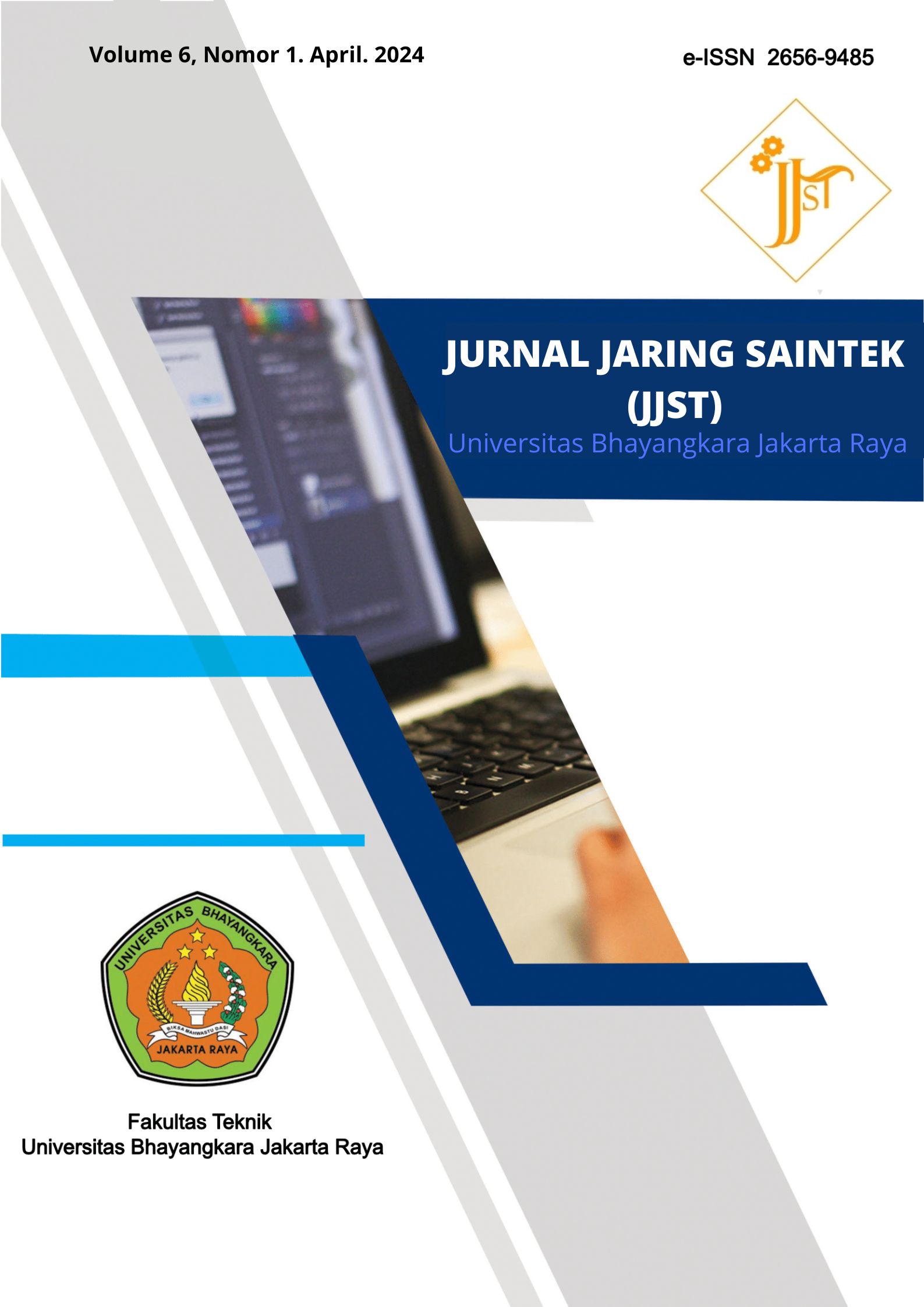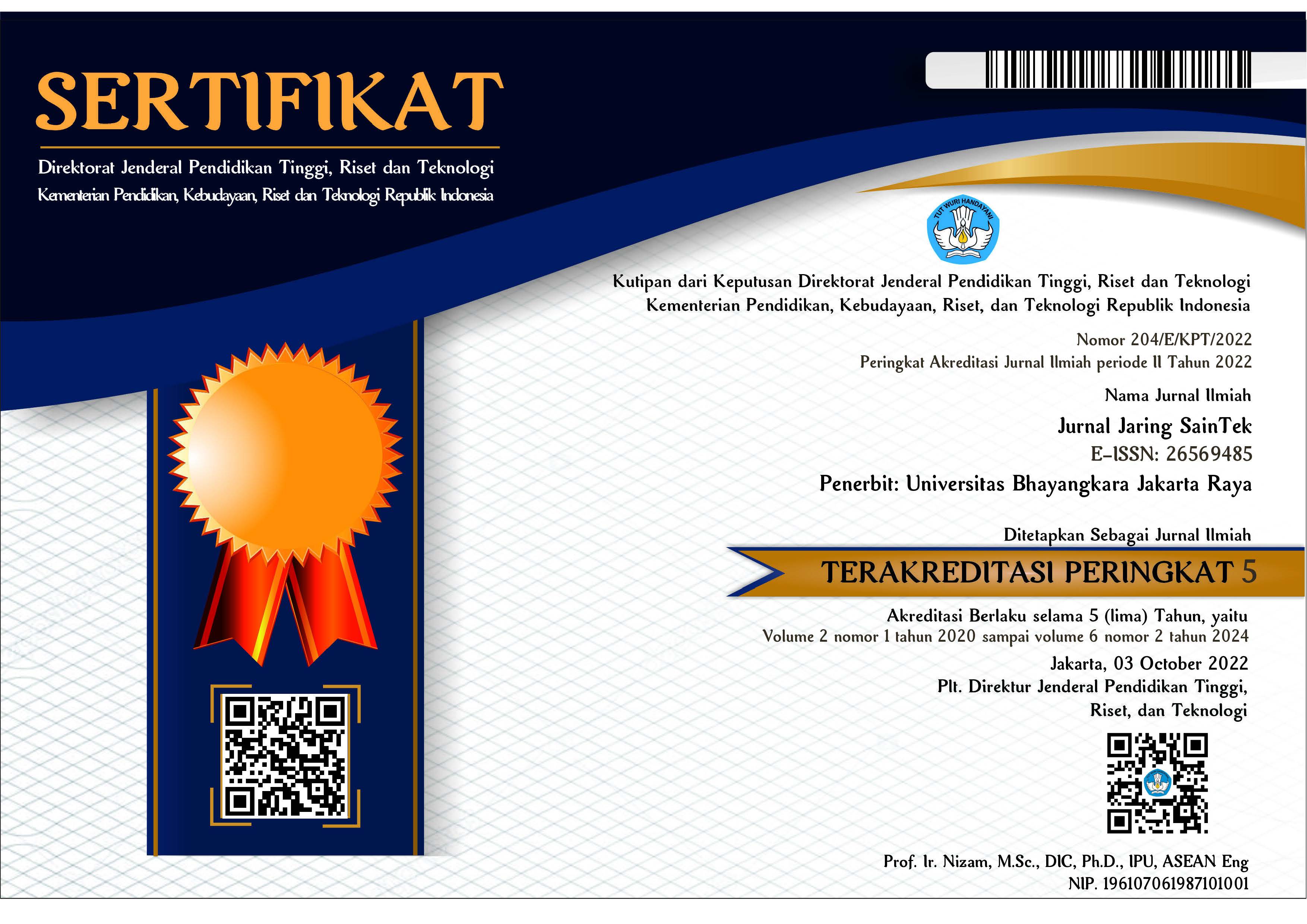Eksplorasi Jejaring Farmakologi pada Tanaman Yakon Untuk Pengobatan Diabetes Mellitus Tipe 2 (DMT2)
DOI:
https://doi.org/10.31599/5t30ct47Keywords:
Diabetes, insulin leaf, in silico, explorationAbstract
Diabetes Mellitus remains a pressing concern due to a significant surge in cases, driving the continuous exploration of natural substances as potential drugs and nutraceuticals. Notably, insulin leaves or yacon are among the promising natural candidates. Previous in vitro and in vivo studies have established the antidiabetic effects of insulin leaves, and in silico investigations have also been conducted to assess their impact on DPP-4. Nonetheless, the exploration of the hypoglycemic or antidiabetic effects of this plant remains extensive and offers room for further investigation. In light of this research, PPI analysis and oncology gene enrichment were carried out on target compounds and diseases using bioinformatics databases, Venn diagrams, Cytoscape, and ShinyGO. The findings unveiled 9 high-priority targets from the analysis, and the KEGG pathway that elucidates the disease mechanism is the EGFR inhibitor resistance pathway.
Downloads
References
Aybar, M. J., Sánchez Riera, A. N., Grau, A., & Sánchez, S. S. (2001). Hypoglycemic effect of the water extract of Smallantus sonchifolius (yacon) leaves in normal and diabetic rats. Journal of Ethnopharmacology, 74(2), 125–132. https://doi.org/10.1016/S0378-8741(00)00351-2
Aziz, Z., Yuliana, N. D., Simanjuntak, P., Rafi, M., Mulatsari, E., & Abdillah, S. (2021). Investigation of Yacon Leaves (Smallanthus sonchifolius) for α-Glucosidase Inhibitors Using Metabolomics and In Silico Approach. Plant Foods for Human Nutrition, 76(4), 487–493. https://doi.org/10.1007/S11130-021-00926-3/TABLES/2
Baroni, S., Suzuki-Kemmelmeier, F., Caparroz-Assef, S. M., Cuman, R. K. N., & Bersani-Amado, C. A. (2008). Effect of crude extracts of leaves of Smallanthus sonchifolius (yacon) on glycemia in diabetic rats. Revista Brasileira de Ciencias Farmaceuticas/Brazilian Journal of Pharmaceutical Sciences, 44(3), 521–530. https://doi.org/10.1590/S1516-93322008000300024
Bucolo, C., Barbieri, A., Viganò, I., Marchesi, N., Bandello, F., Drago, F., Govoni, S., Zerbini, G., & Pascale, A. (2021). Short-and Long-Term Expression of Vegf: A Temporal Regulation of a Key Factor in Diabetic Retinopathy. Frontiers in Pharmacology, 12. https://doi.org/10.3389/FPHAR.2021.707909/FULL
Cao, Y., Ma, Z. F., Zhang, H., Jin, Y., Zhang, Y., & Hayford, F. (2018a). Phytochemical Properties and Nutrigenomic Implications of Yacon as a Potential Source of Prebiotic: Current Evidence and Future Directions. Foods, 7(4). https://doi.org/10.3390/FOODS7040059
Cao, Y., Ma, Z. F., Zhang, H., Jin, Y., Zhang, Y., & Hayford, F. (2018b). Phytochemical propertiess and nutrigenomic implications of yacon as a potential source of prebiotic: Current evidence and future directions. Foods, 7(4). https://doi.org/10.3390/FOODS7040059
Fountas, A., Diamantopoulos, L. N., & Tsatsoulis, A. (2015). Tyrosine Kinase Inhibitors and Diabetes: A Novel Treatment Paradigm? Trends in Endocrinology & Metabolism, 26(11), 643–656. https://doi.org/10.1016/J.TEM.2015.09.003
Habib, N. C., Serra-Barcellona, C., Honoré, S. M., Genta, S. B., & Sánchez, S. S. (2015). Yacon roots (Smallanthus sonchifolius) improve oxidative stress in diabetic rats. Pharmaceutical Biology, 53(8), 1183–1193. https://doi.org/10.3109/13880209.2014.970285
Inoue, A., Tamogami, S., Kato, H., Nakazato, Y., Akiyama, M., Kodama, O., Akatsuka, T., & Hashidoko, Y. (1995). Antifungal melampolides from leaf extracts of Smallanthus sonchifolius. Phytochemistry, 39(4), 845–848. https://doi.org/10.1016/0031-9422(95)00023-Z
Lachman, J., Fernández, E. C., & Orsák, M. (2003). Yacon [Smallanthus sonchifolia (Poepp. et Endl.) H. Robinson] chemical composition and use - A review. Plant, Soil and Environment, 49(6), 283–290. https://doi.org/10.17221/4126-pse
Li, G., Ko, C. N., Li, D., Yang, C., Wang, W., Yang, G. J., Di Primo, C., Wong, V. K. W., Xiang, Y., Lin, L., Ma, D. L., & Leung, C. H. (2021). A small molecule HIF-1α stabilizer that accelerates diabetic wound healing. Nature Communications 2021 12:1, 12(1), 1–11. https://doi.org/10.1038/s41467-021-23448-7
Ran, X. ku, Aung, K. khin win, & Dou, D.-Q. (2017). (14) Hypoglycemic and hypolipidemic effect of smaditerpenic acid A on normal and obese mice induced with high fat diet | Request PDF. Colegio de Farmaceuticos de La Provincia de Buenos Aires. https://www.researchgate.net/publication/316943853_Hypoglycemic_and_hypolipidemic_effect_of_smaditerpenic_acid_A_on_normal_and_obese_mice_induced_with_high_fat_diet
Roberfroid, M., Gibson, G. R., Hoyles, L., McCartney, A. L., Rastall, R., Rowland, I., Wolvers, D., Watzl, B., Szajewska, H., Stahl, B., Guarner, F., Respondek, F., Whelan, K., Coxam, V., Davicco, M. J., Léotoing, L., Wittrant, Y., Delzenne, N. M., Cani, P. D., … Meheust, A. (2010). Prebiotic effects: metabolic and health benefits. The British Journal of Nutrition, 104 Suppl(SUPPL.2). https://doi.org/10.1017/S0007114510003363
Serra-Barcellona, C., Habib, & N. C., Honoré, S. M., Sánchez, S. S., & Genta, S. B. (2015). Enhydrin Regulates Postprandial Hyperglycemia in Diabetic Rats by Inhibition of α-Glucosidase Activity. Plant Foods Hum Nutr, 72, 156–160. https://doi.org/10.1007/s11130-017-0600-y
Sinurat, M. R., Rahmayanti, Y., & Rizarullah*, R. (2021). Uji Aktivitas Antidiabetes Senyawa Baru Daun Yakon (Smallanthus sonchifolius) sebagai Inhibitor Enzim DPP-4: Studi in Silico. Jurnal IPA & Pembelajaran IPA, 5(2), 138–150. https://doi.org/10.24815/jipi.v5i2.20068
World Health Organization. (2023). Diabetes. https://www.who.int/news-room/fact-sheets/detail/diabetes









